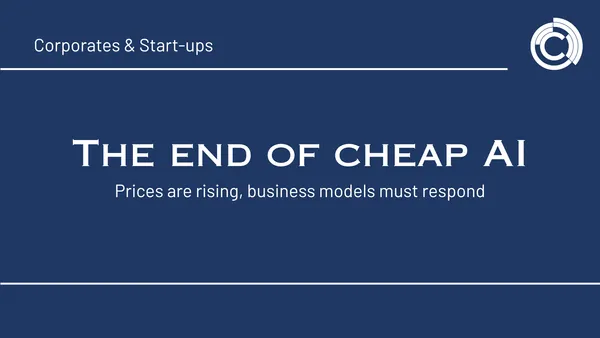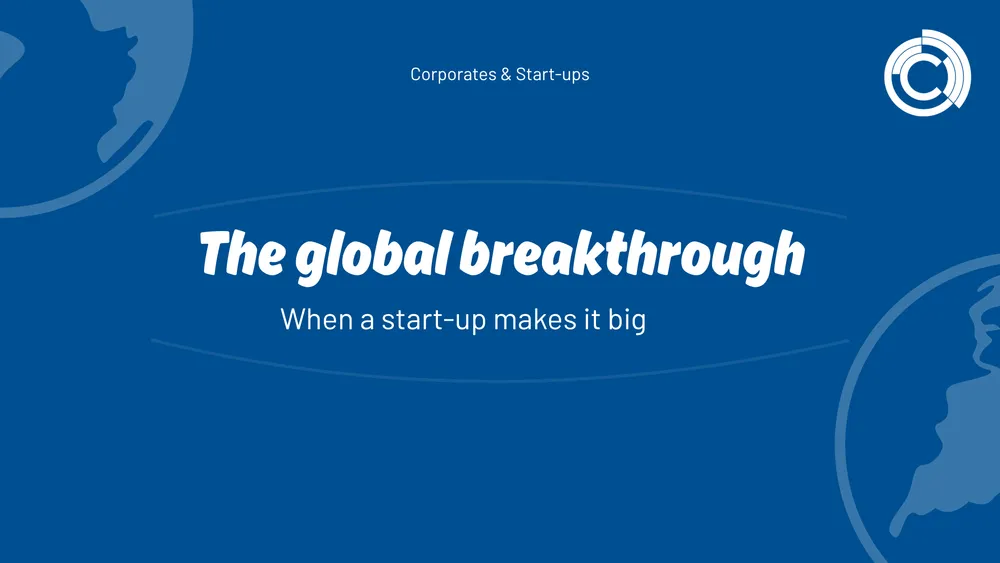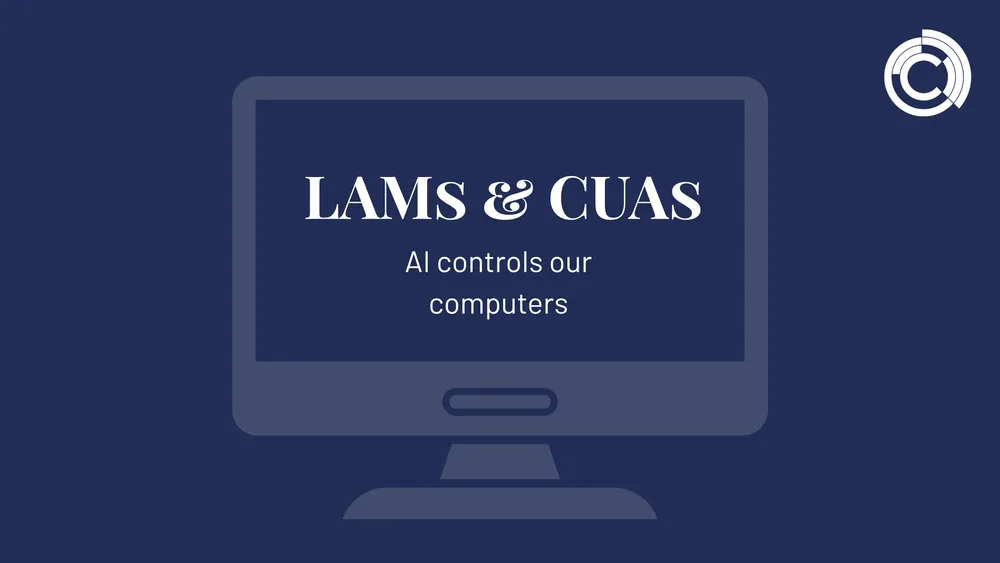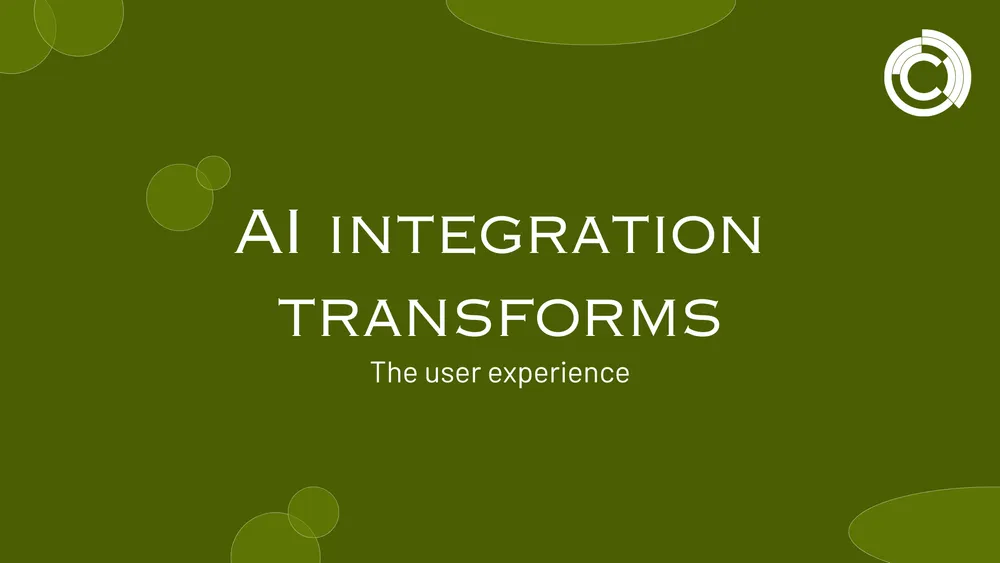
CCNet
Sep 29, 2025 • 2 min read

The end of affordable AI – prices are rising, business models must respond
The early years of the AI boom were characterized by low entry prices. Companies were able to test and integrate powerful tools at virtually no cost. By 2025, this phase will be over: the cost of AI will rise significantly – forcing companies to adapt their business models.
Why prices are rising
Several factors are driving up costs:
• Computing power: Ever larger models require specialized chips and enormous server capacities.
• Energy consumption: AI data centers consume gigawatts of electricity, which leads to additional costs in times of rising energy prices.
• Licensing models: Providers are switching from freemium models to paid subscriptions.
• Demand: As usage increases, so do prices – classic supply and demand logic.
The result: features that were free two years ago are now often only available for a fee.
Consequences for companies
For management, this means that AI is becoming a serious cost factor. The situation is particularly critical when business models have been built on inexpensive or freely available AI. This poses the following threats:
• Margin pressure if price increases cannot be passed on to customers.
• Dependency if central processes are tied to individual providers.
• Investment backlog if budgets are insufficient to implement new functions.
Strategic responses
Companies have various options for responding to the increase in costs:
- Cost-benefit analysis: Every AI application must clearly demonstrate its ROI.
- Diversification: Instead of relying on one provider, it is worth considering alternatives, including open-source solutions.
- Own infrastructure: For larger companies, it may make sense to host their own AI models in order to reduce costs in the long term.
- Adjust pricing models: Companies that integrate AI into their products must calculate their own prices accordingly.
Risk of inequality
A side effect: inequality in access to AI. While large corporations can more easily cope with rising costs, small and medium-sized enterprises and start-ups are coming under pressure. This could hamper innovation and distort competition. For Europe, the question arises: How can fair access to AI infrastructure and tools be guaranteed?
Opportunities despite rising costs
Despite rising prices, AI remains an investment opportunity with enormous potential. Those who invest wisely can automate processes, tap into new business models, and improve customer experiences. It is crucial that managers set conscious priorities: not every new feature is worthwhile, but targeted applications can make the difference in competition.
Conclusion: From a free mentality to an investment strategy
The era of cheap AI is over. Companies must learn to view the technology not as a “free add-on” but as a strategic investment. This requires clear calculations, new pricing models, and in some cases the courage to go their own way.
For management, this means that now is the time for strategy. Those who keep costs and benefits under control will also be successful in a more expensive AI world.
Further information can be found here: AI Trends 2025
FAQ about ai trends 2025
Why are the costs of AI rising?
Higher computing power, energy consumption, licensing models, and increasing demand.
What are the consequences for companies?
AI is becoming a serious cost factor, and margin pressure is increasing.
What strategies can help combat rising costs?
ROI analyses, diversification, own infrastructure, price adjustments.
Who is most affected?
Small and medium-sized businesses and start-ups, as they have less financial buffer.
Why does AI remain attractive despite rising prices?
It continues to offer enormous potential for automation and innovation.


